Run Journal
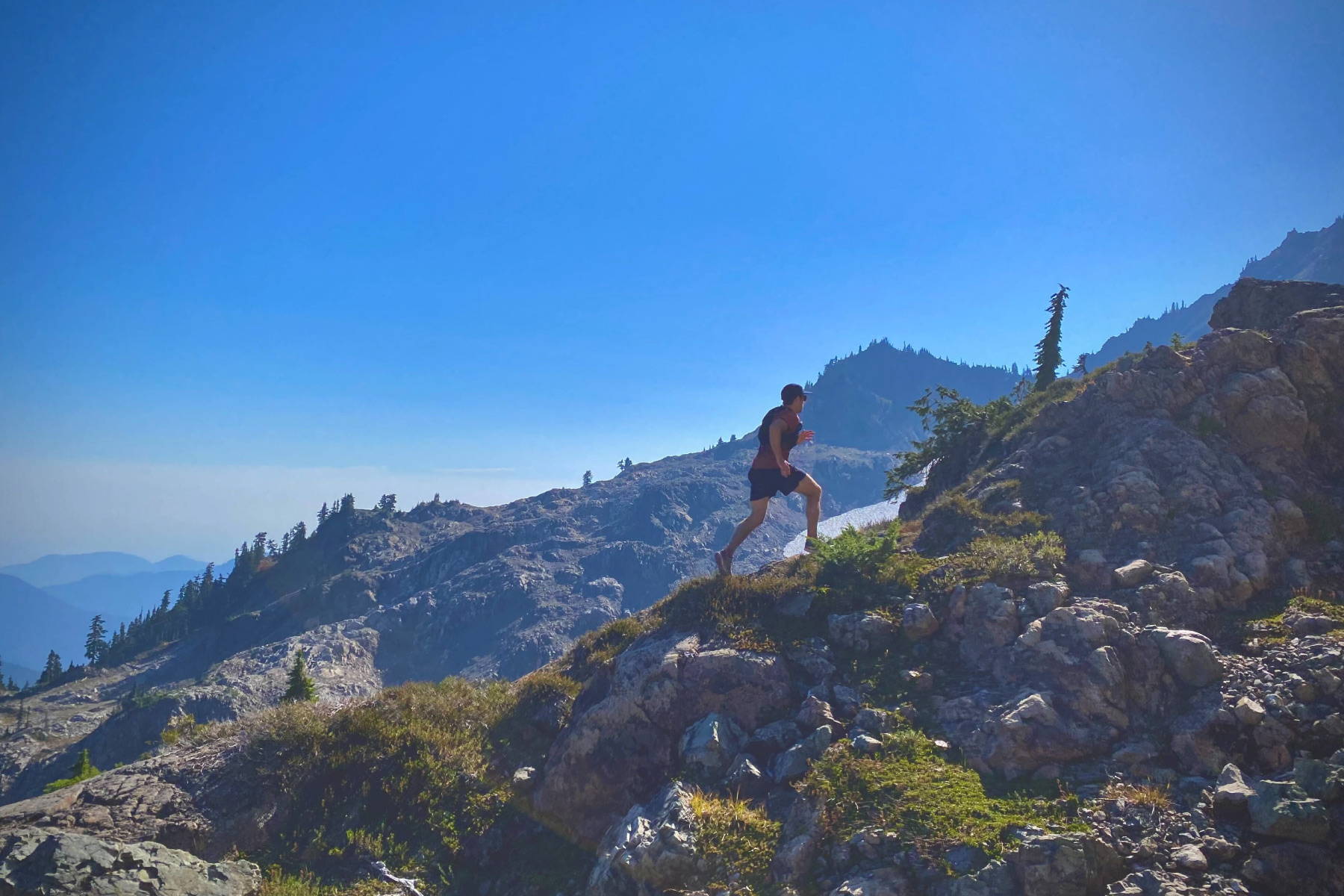
The Accelerating Success of Rich Lockwood
Interview and Photos by Mack Robertson It’s an uncharacteristically clear day on the Olympic Peninsula. I’m here to meet up with Rich Lockwood, recent winner of the highly competitive Run...
The Accelerating Success of Rich Lockwood
Interview and Photos by Mack Robertson It’s an uncharacteristically clear day on the Olympic Peninsula. I’m here to meet up with Rich Lockwood, recent winner of the highly competitive Run...
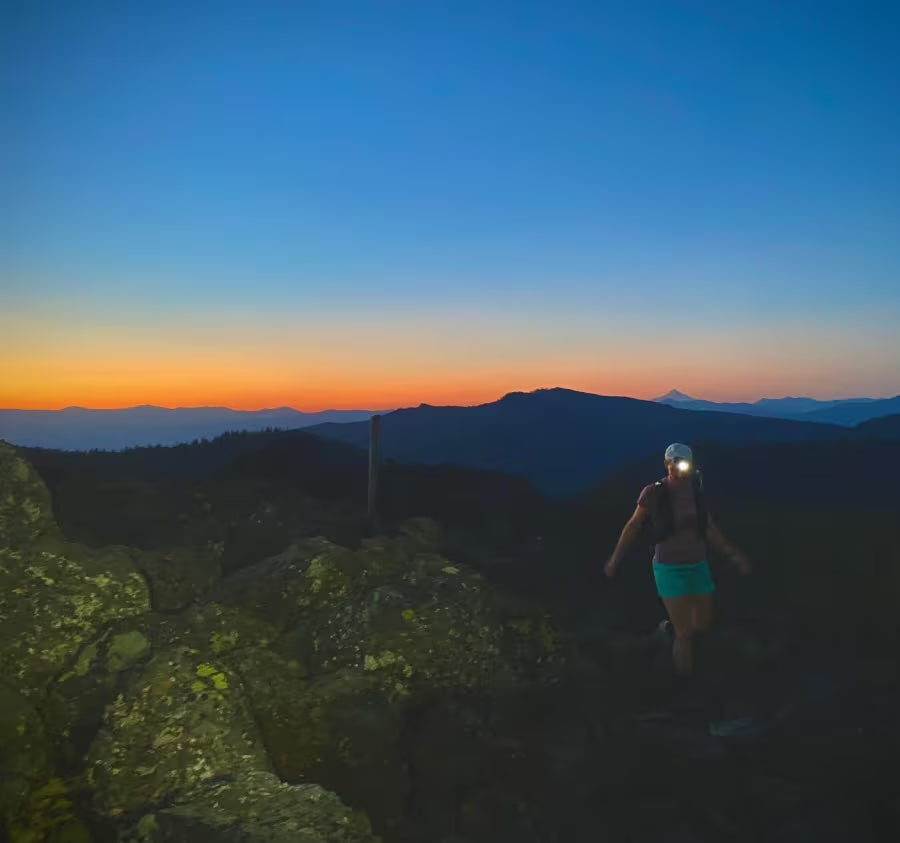
THE MINIMAL HEADLAMP: THE PETZL BINDI REVIEW
By THOMAS HAYES I was out for an early morning run before light and the headlamp that was wrapped around my head was a little loose. I started to adjust...
THE MINIMAL HEADLAMP: THE PETZL BINDI REVIEW
By THOMAS HAYES I was out for an early morning run before light and the headlamp that was wrapped around my head was a little loose. I started to adjust...
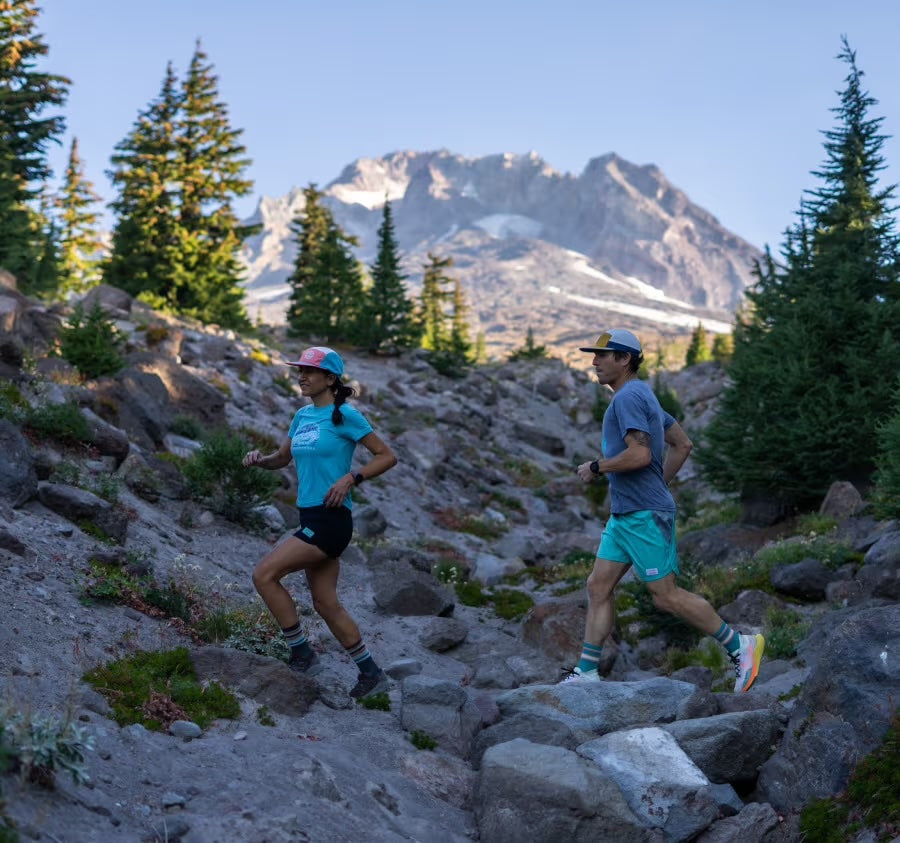
Creative Approaches to Fall Running
Aaron Burrick As runners, it can be easy to get caught up in our “next big thing.” Days after a race, we’re tempted to sign up for something longer, farther,...
Creative Approaches to Fall Running
Aaron Burrick As runners, it can be easy to get caught up in our “next big thing.” Days after a race, we’re tempted to sign up for something longer, farther,...
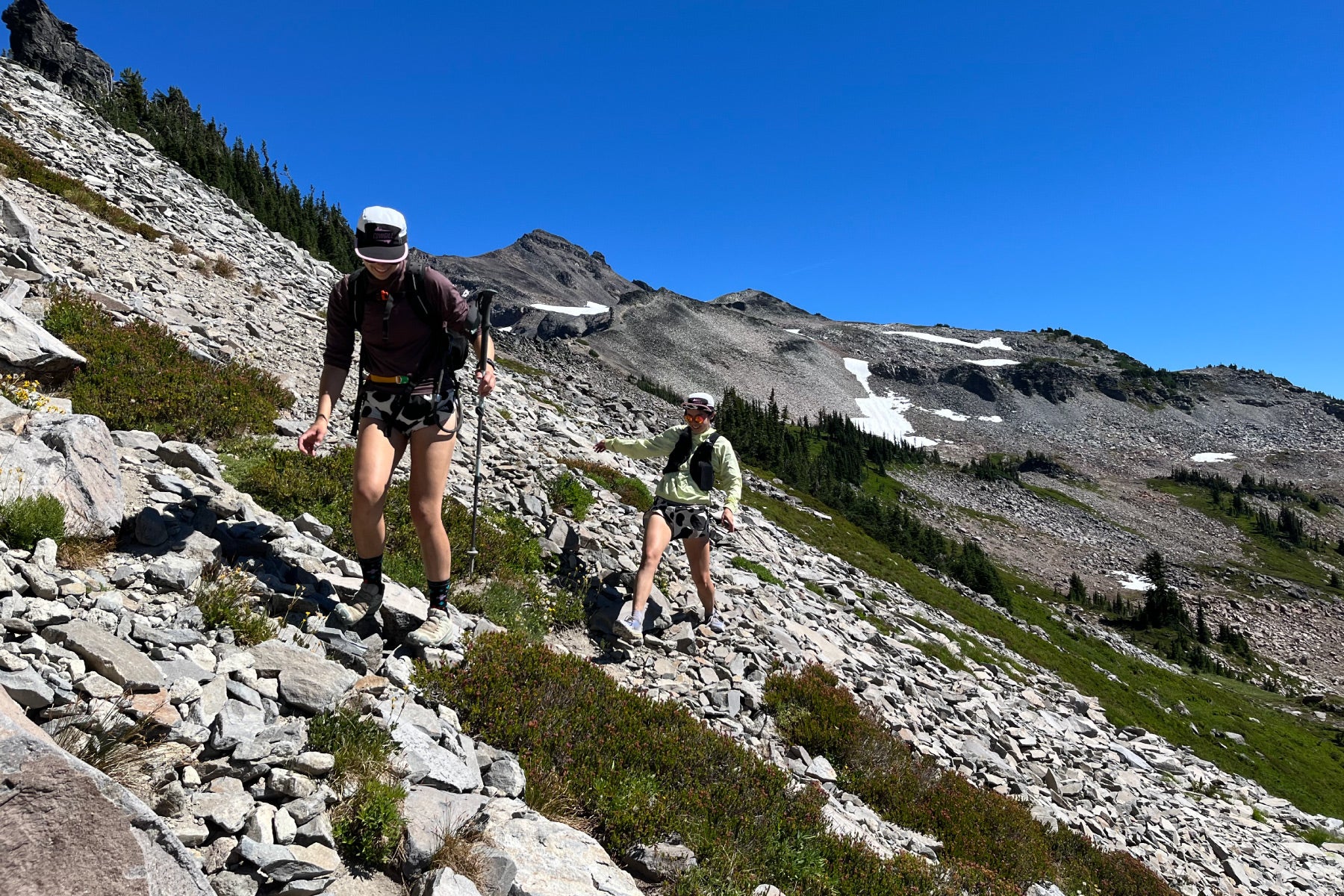
Building a Trail Community With Cowgill Trail Collective
In the spring of 2021, I began to notice a new phenomenon at PNW trail races- cow shorts. At any given race, you could be certain to see not just...
Building a Trail Community With Cowgill Trail Collective
In the spring of 2021, I began to notice a new phenomenon at PNW trail races- cow shorts. At any given race, you could be certain to see not just...
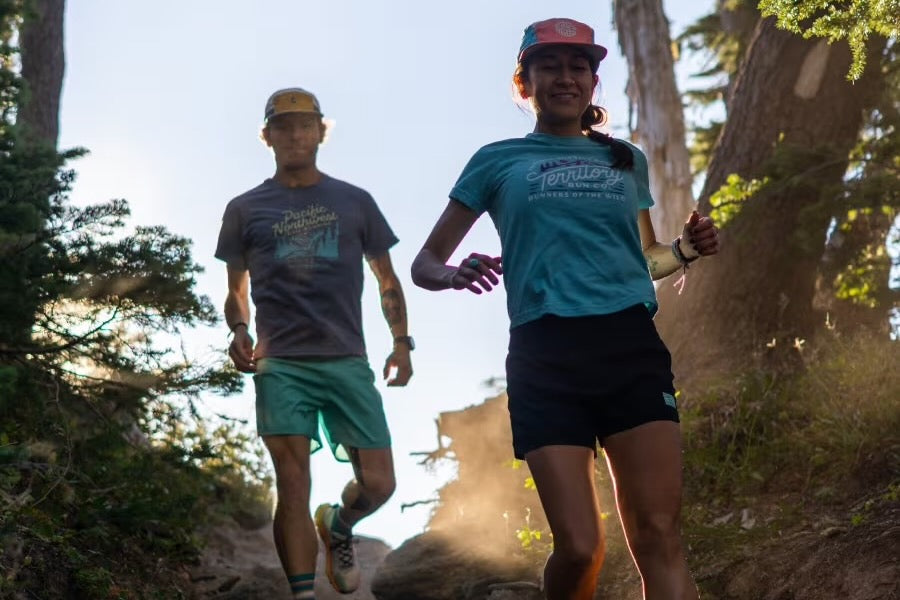
RUNNING AND NOT-KNOWING
BY Patrick Dean It was supposed to be a slow and easy morning’s run. Two days before, I had gone a little longer, adding mileage in training for my first...
RUNNING AND NOT-KNOWING
BY Patrick Dean It was supposed to be a slow and easy morning’s run. Two days before, I had gone a little longer, adding mileage in training for my first...
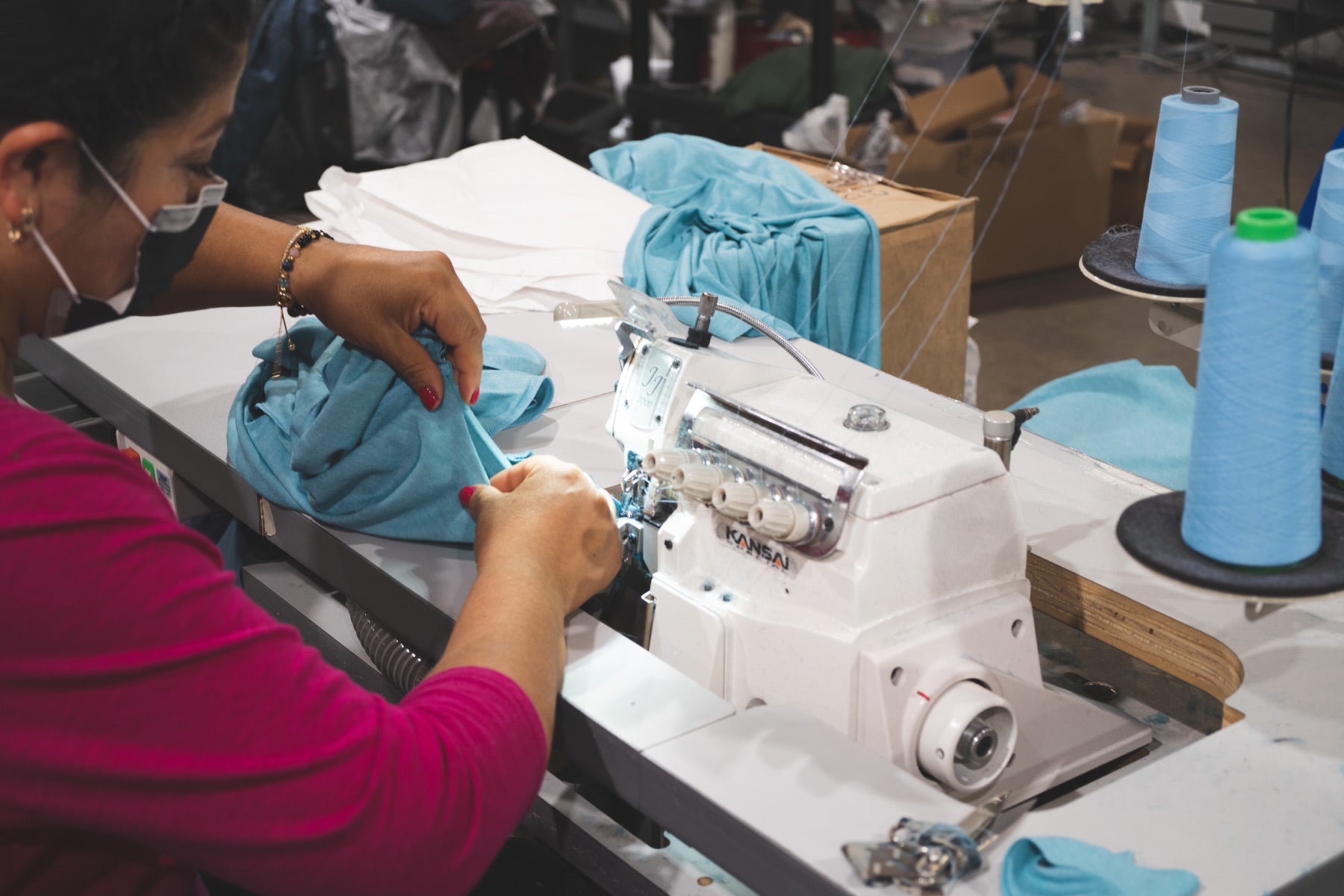
The Made in Oregon All Day Tee
BY BRETT FARRELL Last year, I got off the phone with the owner of an apparel factory here in Oregon and I felt nervous about the idea of producing our...
The Made in Oregon All Day Tee
BY BRETT FARRELL Last year, I got off the phone with the owner of an apparel factory here in Oregon and I felt nervous about the idea of producing our...